Irregularities in Bridges: Challenges & Their Implications

Author: MIDASoft
Publish Date: 25 Apr, 2022
Due to the complex intersection at various places, such as highways, river crossings, and railway crossings, there is a continuously growing demand for bridges to distribute the traffic without congestion. Hence due to these demands, the shape of the bridges can vary a lot along the span. This creates the necessity to cater to different irregularities in construction, which can be in the form of skewness, high curvature, and many more. Now dealing with these kinds of irregularities is obviously challenging while construction, but from a design point of it plays a significant role in governing the design forces.

So, if we try to categorize different kinds of irregularities majorly encountered, then it can be as follows:
- Skew
- Flared Geometry
- Curvature
Skew bridges are helpful to cater to high-speed vehicles as highway alignments are kept straight as far as possible. Moreover, traffic congestion also overcomes as the alignment of road and bridge is kept straight. These have led to the provision of several skew bridges. In small skew angle bridges, say up to 20o, bridges are considered straight and are typically designed as normal right-angle bridges with no considerable modification. Up to skew angle 20o, there is no significant variation in values of parameters like bending moment, shear force, and torsional moment. However, if the skew angle increases beyond 20o, there could be considerable variation in shear force, bending moment, and torsional moment. Thus, these would lead to variation in Equivalent Bending Moment and Equivalent Shear Force due to torsion gradually as we increase the skew angle.
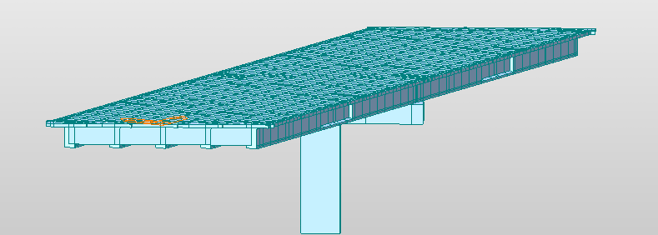
If we talk about flared geometry, then due to the increase in slab width along the span, there comes the requirement to increase the spacing between the girder or vice versa. This change in spacing between the girders changes the stiffness, hence the load distribution and the structural behavior. As the spacing increases, the moment and torsion values increase for the girders.
The curvature for bridges can be the either convex type or concave; based on the curvature, the exterior and interior girder span increase, hence the design forces. As the curvature increases, we all know torsion plays a dominant role in design forces. Box kind of sections, therefore, are very effective in curved geometry. The torsional moment plays a significant role in both equivalent bending moment, and equivalent shear force observed during the analysis and design for varying curvatures for the dead and live loads. As the curvature increases, the torsion moment increases. Thus, this increases the value of Mt, which directly affects the value of Equivalent Bending and Equivalent Shear.
Modeling Irregularities: The Challenge
As of now, we have discussed how these irregularities affect the structural behavior, but from an engineer's point of view, these irregularities are not just limited to challenges in design but also contribute to modeling challenges. Any engineer who's dealt with these kinds of geometry will agree that even after having different advanced software, simulation of these irregularities is not that easy. Some of the significant challenges encountered are defining the geometry of curved, skew, or flared bridges, defining irregular and tapered sections, and defining live load in irregular geometry.
Midas civil has understood these problems very well and provides some of the tools that assist the engineers while dealing with these kinds of geometries. These tools help define any irregular section, be it an irregular composite section or any other, then coping with skew and curved geometry, easy definition of live load in these geometries, consideration of combination of span with irregular geometry, and simple straight span.
An examples is shown below where a complex bridge in Michigan has been modeled and analyzed in Midas Civil:
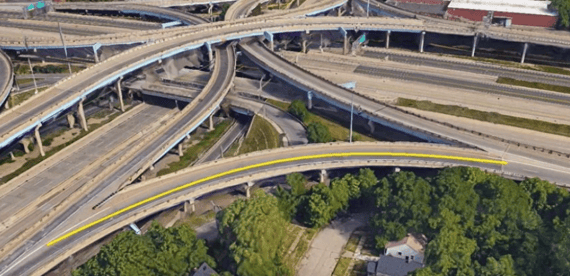
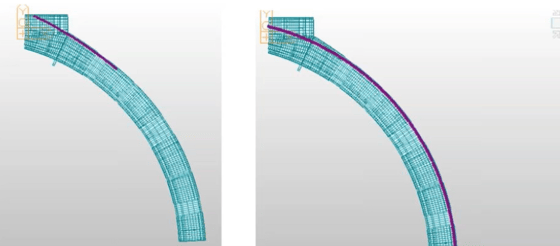
So, from this article, we have seen different kinds of irregularities that are becoming common in bridge engineering and the importance of considering them properly in analysis. With proper assisting tools we do can simulate these kind of modeling complexities efficiently and hence can lead towards accurate results.
Upcoming Learning Session:
We have an upcoming learning session to discuss about Designing Irregular Bridges with High Skew, Curvature or Flared Girders in midas Civil next week. Learn more and register for the session here > Register
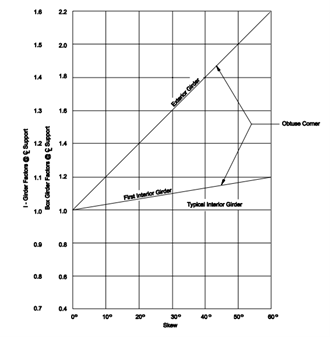
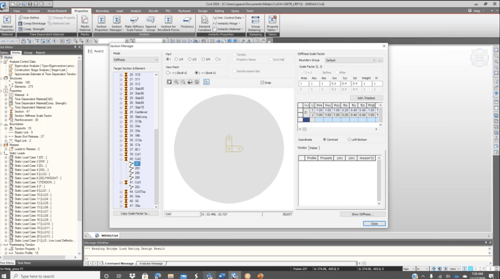

Add a Comment